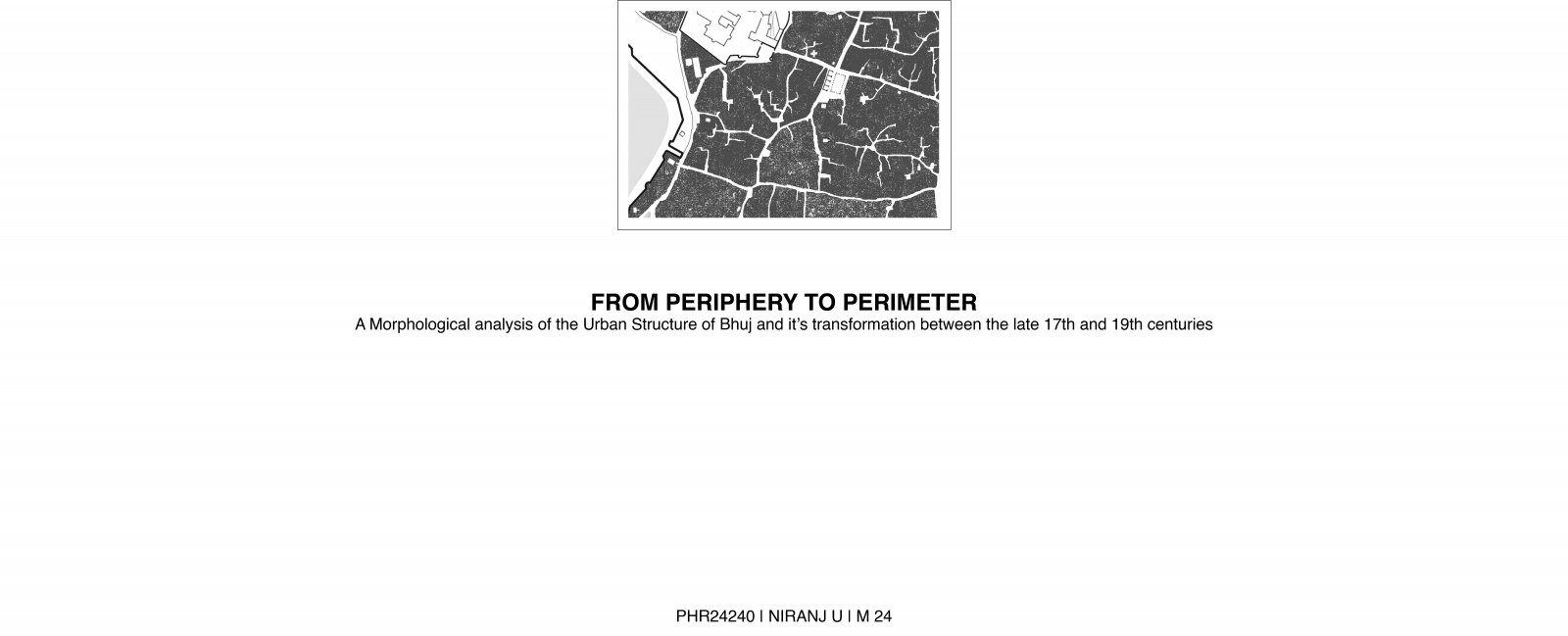Your browser is out-of-date!
For a richer surfing experience on our website, please update your browser. Update my browser now!
For a richer surfing experience on our website, please update your browser. Update my browser now!
The project investigates the urban evolution of Bhuj between the late 17th and 19th centuries, exploring its layered development influenced by political, social, economic, and geographic triggers. By analysing fortifications, trade routes, community settlements, and street networks, the research examines how shifts in power, colonial influences, and natural topography shaped the city’s morphology. Using historical mapping, archival research, and site surveys, the study highlights Bhuj’s transformation from a fortified settlement to a complex urban fabric, bridging gaps in its architectural historiography.
View Additional Work







